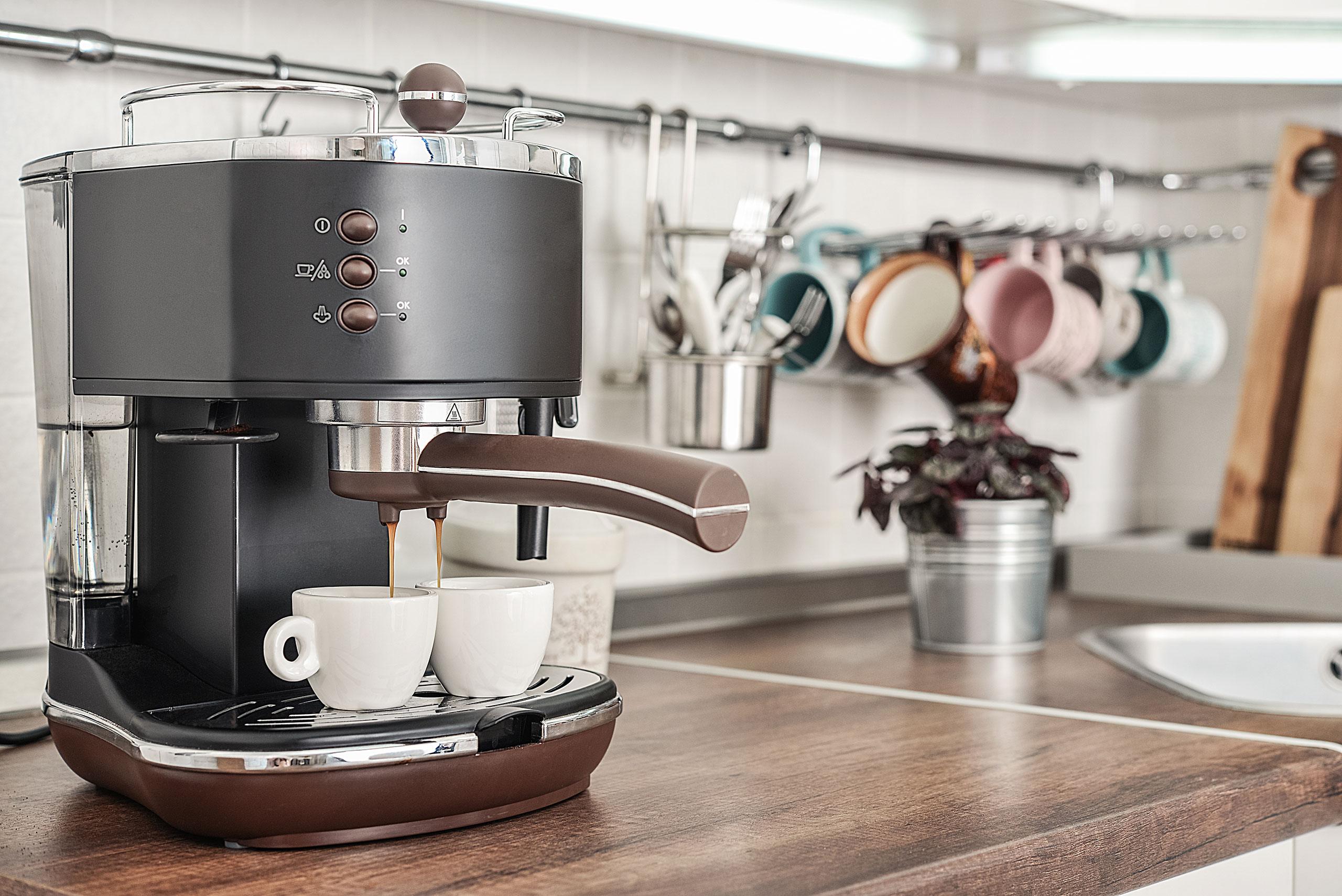
Water is often said not to have a taste. Which is preposterous, because water does have a taste. What defines the taste of water is usually attributed to its hardness, a complex mixture between local geography, science and of course personal preference.
Water is a natural solvent, which means that it can dissolve a large amount of chemical compounds. This is how we get hard water of course, when rain water falls from the skies it is naturally soft, but when it comes in contact with the ground it will start dissolving the matter around it. Since most of the UK is based on a geological foundation of chalk and limestone, the groundwater will permeate collecting the dissolved minerals, in this case magnesium and calcium ions which then become part of the water.
The geological foundation of the region determines how the hardness of the water supplied to its people. The majority of the UK, especially the southern regions, are comprised of sedimentary rocks such as sandstone, chalk, flint and limestone, this often dates back to Cretaceous, Jurassic and Triassic times. Dinosaur times in other words, between 65 and 250 million years ago. This may seem like a long time but in geological terms it isn’t much at all. Sedimentary rock is a process of weathering and erosion and occurs largely on the surface of the earth’s crust, structurally it is usually containing an unsorted mix of large and small rocks and is far more porous meaning that it is able to retain more water thanks mainly to its structure.
Northern Wales, Northern Ireland, and Scottish highlands consist mostly of older Igneous and metamorphic rocks. These rocks have been largely subject to the forces of time, their structural composition far more solid, and therefore far more resistant to water as a solvent. The water in these regions is less rich of mineral content and is therefore much softer.
So how does this affect the taste? Harder water with higher traces of mineral content is often described as having quite a chalky taste, sometimes leaving a metallic aftertaste in the mouth, whilst soft water can sometimes have more of an acidic touch. However, there are so many inconsistencies related to each region, that do have an effect on the overall taste and sensations associated with drinking water.
Of course, a concept of taste in itself is mostly down to personal preference and is subject to conditioning from having lived in a particular area drinking its specific water. The differences in taste are only really noticed when you move around the country drinking different samples. The next time you go to take a drink from your tap, be humbled by the million year processes that contributed to its taste!
Discover our range of drinking water taps, which can be connected to your water softener for fresh drinking water in your home. Choose from a variety of models, including Classic, Renaissance and Deco. All of our 3-way taps can be installed with your water softener – contact our team today to find out more.
Stylish Drinking Taps – Choose a three-way tap for ultimate kitchen convenience – See The Range


